Laser Marking Machines
Introduction
Laser marking has become a standard technology in a world where accuracy and toughness are essential for many manufacturing and labelling procedures. Numerous sectors use laser marking equipment because of their accuracy and adaptability. These devices have a wide range of uses, from the tiny codes on electronic components to the elaborate patterns on luxury products. This article aims to examine the various uses of laser marking machines, analyse how they work, and examine their anatomy.
- What are Laser Marking Machines?
Machines called laser marking machines utilise lasers to etch or brand materials. Laser marking is non-contact, as opposed to conventional engraving or printing techniques, which eliminates the need for a tool to make physical contact with the material’s surface.
Types of Laser Marking Machines:
Rare-earth-doped optical fibre is used as the gain medium in fibre lasers, which are solid-state lasers. They are renowned for being effective and tiny.
CO2 Lasers: These lasers work by igniting a combination of carbon dioxide gas, making them perfect for etching non-metallic materials, including glass, plastic, and wood.
Laser Nd:YAG: These lasers, which use neodymium-doped crystals, are adaptable and have the capacity for both deep carving and marking.
- How Do Laser Marking Machines Work?
Fundamentally, a laser marking machine works by employing a laser to provoke a response in a material, changing its colour or leaving a recognisable mark.
Process overview
Generation: Using one of the aforementioned sources, the machine produces a laser beam.
Modulation: Using a series of mirrors or diodes, the intensity of the generated beam is changed.
Amplification: The beam is amplified to the desired energy before it interacts with the surface.
The magnified laser beam is focused onto the surface of the material using lenses.
The focussed beam interacts with the surface to mark or engrave it. The beam may create a colour change, remove material, or result in localised melting, depending on the type of laser and the substance. To make the desired mark, the machine moves the material or the laser in a preset pattern.
- Applications: Where Are Laser Marking Machines Used?
Laser marking devices are extremely useful in a variety of industries thanks to their versatility.
Electronics: Accurate marks, frequently in the form of QR codes or serial numbers, are essential in the production of circuit boards, integrated chips, and other electronic components. Laser marking, which is renowned for its accuracy and the small size of these components, is excellent.
Implants, surgical instruments, and other medical devices must be marked for traceability and identification. Non-invasive laser marking is recommended due to the strict standards in the medical industry.
Jewellery: Laser marking is a popular option when jewellery needs distinctive identification marks, trademarks, or complicated designs.
Automotive: The usage of laser marking in the automotive industry is frequently required for part identification, traceability, and branding.
Aircraft: Laser marking makes sure that parts can be identified and followed throughout their lives due to the high importance of traceability and compliance in aircraft components.
Expiration dates, barcodes, or QR codes can all be added to packaging using laser marking, which is durable and waterproof to tampering.
Conclusion
The use of laser marking devices has completely changed how industries handle marking and engraving tasks. They have gained widespread appeal by providing a non-contact, exact, and long-lasting way of imprinting on numerous materials. The growth and versatility of laser marking equipment will continue to affect many industries as technology develops and the need for precision rises.
Showing all 11 results
-
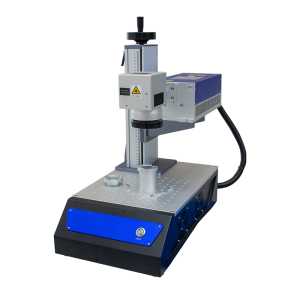
Full Color Gobo Glass Machine
Model. GL-M-UVFC03 -

Green Laser Marking Machine Air Cooled
Model. GL-M-GR07 -
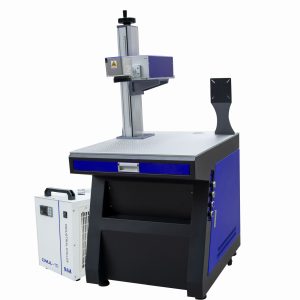
Green Laser Marking Machine Water Cooled
Model. GL-M-GR12 -
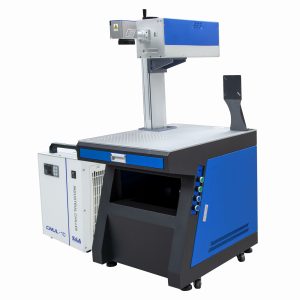
Infrared Picosecond Marking Machine
Model. GL-M-IR12 -

UV Laser Marking Machine Floor Type Water Cooled 01N
Model. GL-M-P05 -
Sale!
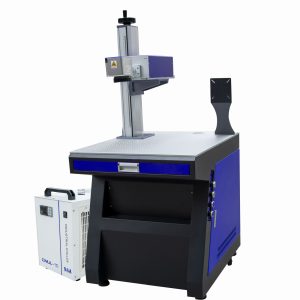
UV Laser Marking Machine Floor Type Water Cooled 03N
Model. GL-M-P10 -
Sale!
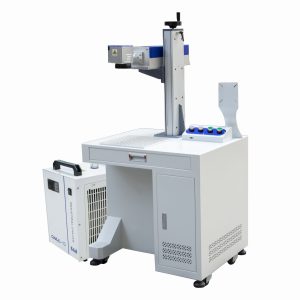
UV Laser Marking Machine Floor Type Water Cooled 04A
Model. GL-M-P03 -
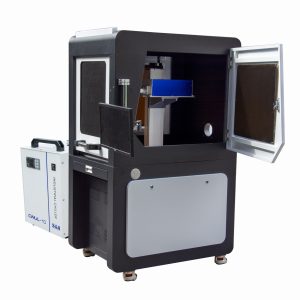
UV Laser Marking Machine Floor Type Water Cooled 06N
Model. GL-M-P05 -
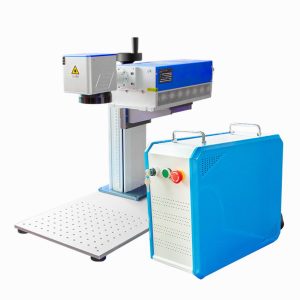
UV Laser Marking Machine Portable Type 09A
Model. GL-M-UV03 -
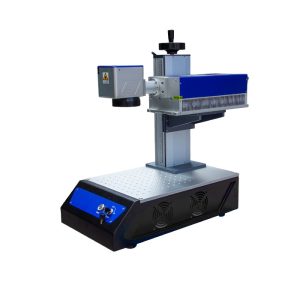
UV Laser Marking Machine Portable Type Air Cooled
Model. GL-M-UV05

 HOME
HOME
 GET A QUOTE
GET A QUOTE  QUOTE BASKET
QUOTE BASKET 


